Summary: Yes, a lot of people have a mental health disorder and substance use disorder at the same time. When this happens, a person receives a diagnosis for co-occurring disorders, also called a dual diagnosis. This phenomenon is complex: people may use substances to manage emotions related to mental health disorders, or excess substance use may exacerbate or trigger the onset of a mental health disorder.
Key Points:
- When people have a mental health disorder and substance use disorder at the same time, it’s important to have a plan to treat both, either simultaneously or sequentially
- The prevalence of co-occurring mental health and substance use disorders varies by gender, age group, and race/ethnicity
- Treatment of co-occurring, dual-diagnosis mental health/substance use is most effective when it’s integrated, comprehensive, and individualized.
Co-Occurring, Dual-Diagnosis Mental Health and Substance Use Disorders: Basic Facts
When people have a mental health disorder and a substance use disorder at the same time, they receive a dual diagnosis for co-occurring disorders. The origin and cause of simultaneous mental health problems and substance use problems cause many serious problems for patients and providers.
For example, from the patient perspective:
- People who use some drugs – such as cannabis and methamphetamine – may be at risk of substance-induced psychosis
- People with a mental health disorder such as depression may self-medicate with substances to improve mood and temporarily alleviate depressive feelings.
- People with a mental health disorder such as anxiety may self-medicate with substances to ease the agitation and irritability associated with the symptoms of anxiety.
And from the provider’s perspective, problems with diagnosis, and therefore, treatment, may arise, since some symptoms of substance use disorder and mental health disorders overlap. For example:
- Specific symptoms may overlap: anger/irritability may be a warning sign of anxiety and/or substance misuse, as well as a warning sign of depression and/or substance misuse
- General symptoms may overlap: withdrawal from friends and family and decreased participation in previously favorite activities are both symptoms/warning signs of mental health disorders and substance use disorders.
When we understand the problems associated with co-occurrence, it’s easy to understand why it’s a primary concern for treatment providers. Often patients spend years in and out of treatment programs, because getting to the real root of the problem – whether mental health, substance use, or both – requires special training and expert support from experienced clinicians.
How Many People Have a Mental Health Disorder and Substance Use Disorder at the Same Time?
Results from the 2024 National Survey on Drug Use and Health (2024 NSDUH) show the prevalence of co-occurring meta health and substance use disorder in the U.S. in 2024. The 2024 survey includes information on people with any mental illness (AMI) and substance use disorder (SUD), as well as information on people with serious mental illness (SMI) and substance use disorder (SUD).
Here’s the data from this large-scale, annual, nationwide survey, which included input from over 70,000 participants from all age groups, 12+. We’ll share the data on adults over age 18.
First, the prevalence of AMI + SUD.
2024: AMI + SUD
AMI + SUD:
- 18+: 8.1 % (21.2 million people)
- 18-25: 13.3% (4.7 million)
- 26-49: 11.3% (11.9 million)
- 50+: 3.8% (4.1 million)
In addition, the NSDUH indicates that in all adult age groups:
- White, American Indian/Alaska Native, and mixed people showed significantly higher rates of AMI + SUD compared to all other racial/ethnic groups
Also, in the 18-25 age group:
- Women showed a significantly higher rate of AMI +SUD compared to men
Next, the prevalence of SMI + SUD.
2024: SMI + SUD
SMI + SUD:
- 18+: 2.6% (6.8 million people)
- 18-25: 4.9% (1.6 million)
- 26-49: 3.6% (3.8 million)
- 50+: 1.1% (1.3 million)
In this data, we see the same pattern identified in the data on AMI + SUD in all adult age groups:
- White, American Indian/Alaska Native, and mixed people showed significantly higher rates of AMI + SUD compared to all other racial/ethnic groups
Also, in the 18-25 age group, in a repeat of the pattern identified in the data on AMI + SUD:
- Women showed a significantly higher rate of SMI + SUD compared to men.
We’ll discuss these results below.
Integrated Treatment: Treat the Whole Person With Individually Tailored Plans
To learn about how we support people who have a mental health and a substance use disorder at the same time, please navigate to our treatment page:
Dual Diagnosis Treatment for Co-Occurring Disorders: Residential, PHP, Outpatient, IOP
In our treatment programs, we follow the Seven Practice Principles of Integrated Treatment for CODs established by the Substance Abuse and Mental Health Services Administration (SAMHSA):
- Treatment plans address mental health and substance use disorders.
- Clinicians are trained in supporting patients with mental health and substance use disorders.
- Clinicians treat co-occurring disorders in a logical, stepwise manner, appropriate to patient readiness and stage of recovery.
- Treatment plans include motivational modalities such as motivational interviewing (MI) to help patients identify and achieve treatment goals.
- Patients receive regular, consistent addiction counseling in order to develop robust coping and relapse prevention skills.
- Patients engage in various modalities – individual counseling, family therapy, peer support, complementary services – to identify what works, then plans adapt to maximize treatment success.
- When appropriate, medication for opioid or alcohol use disorder may be included in a treatment plan, under medical supervision, with attention to patient response, and when not contraindicated by current medication or medical condition.
Treatment for co-occurring disorders is improving every day, as we learn more about the interaction, interplay, and intertwined relationship between mental health substance use. We encourage patients who think they may have a mental health disorder and substance use disorder at the same time to seek a full psychiatric assessment administered by an experienced mental health professional: an accurate diagnosis is the first step toward a successful recovery.
Please remember: the sooner a person who needs professional support for mental health or substance use problems gets the evidence-based support they need, the better the outcome.

 Kimberly Gilkey, RADT-1
Kimberly Gilkey, RADT-1 Amanda Irrgang, Registered Dietitian Nutritionist (RDN)
Amanda Irrgang, Registered Dietitian Nutritionist (RDN) David Abram
David Abram Emily Skillings
Emily Skillings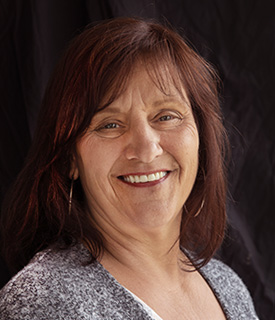 Michelle Ertel
Michelle Ertel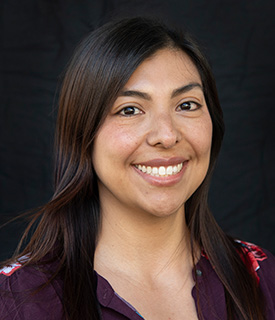 Alexandria Avalos, MSW, ACSW
Alexandria Avalos, MSW, ACSW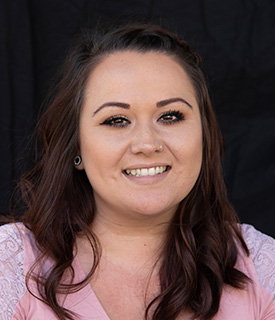 Jovanna Wiggins
Jovanna Wiggins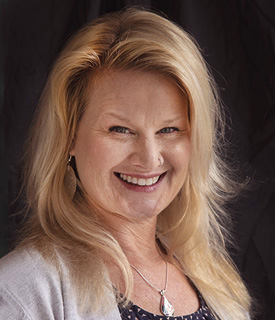 Kelly Schwarzer
Kelly Schwarzer Timothy Wieland
Timothy Wieland Amy Thompson
Amy Thompson Gianna Melendez
Gianna Melendez David Dalton, Facility Operations Director
David Dalton, Facility Operations Director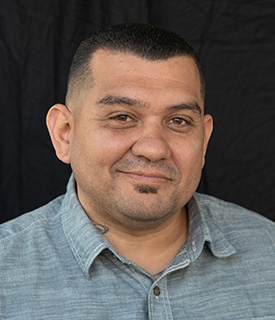 John P. Flores, SUDCC-IV-CS, CADC II
John P. Flores, SUDCC-IV-CS, CADC II Jodie Dahl, CpHT
Jodie Dahl, CpHT Christina Lam, N.P.
Christina Lam, N.P. Kathleen McCarrick, MSW, LSW
Kathleen McCarrick, MSW, LSW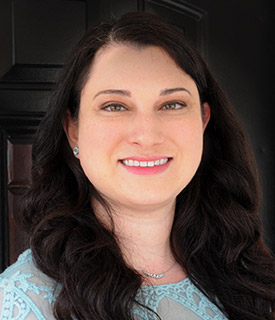 Alexis Weintraub, PsyD
Alexis Weintraub, PsyD Jordan Granata, PsyD
Jordan Granata, PsyD Joanne Talbot-Miller, M.A., LMFT
Joanne Talbot-Miller, M.A., LMFT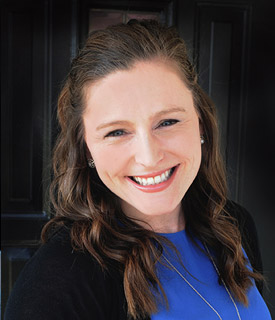 Brittany Perkins, MA, LMFT
Brittany Perkins, MA, LMFT Brieana Turner, MA, LMFT
Brieana Turner, MA, LMFT Milena Dun, PhD
Milena Dun, PhD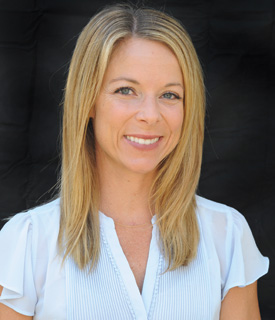 Rebecca McKnight, PsyD
Rebecca McKnight, PsyD Laura Hopper, Ph.D.
Laura Hopper, Ph.D. Nathan Kuemmerle, MD
Nathan Kuemmerle, MD Jeffrey Klein
Jeffrey Klein Mark Melden, DO/DABPN
Mark Melden, DO/DABPN